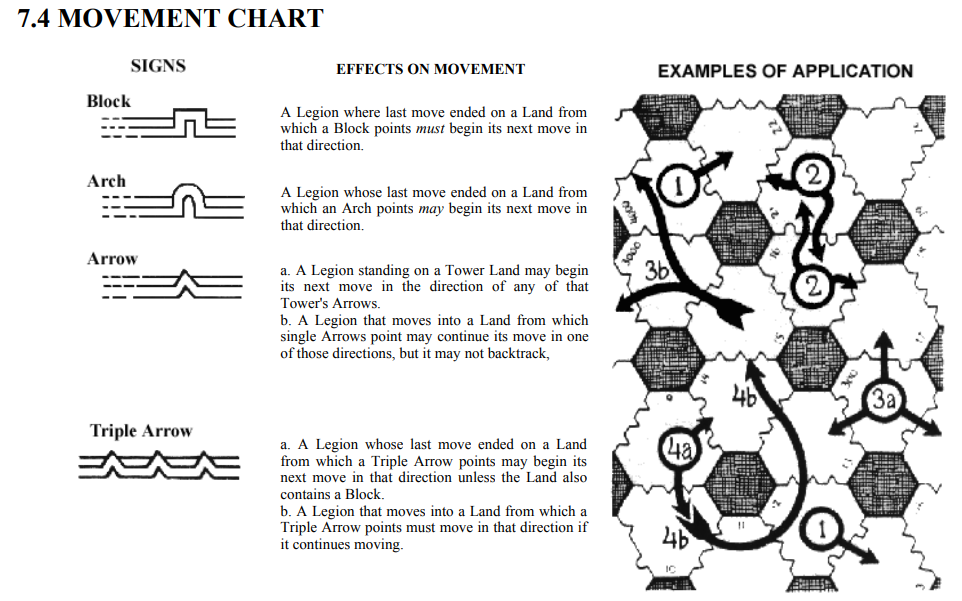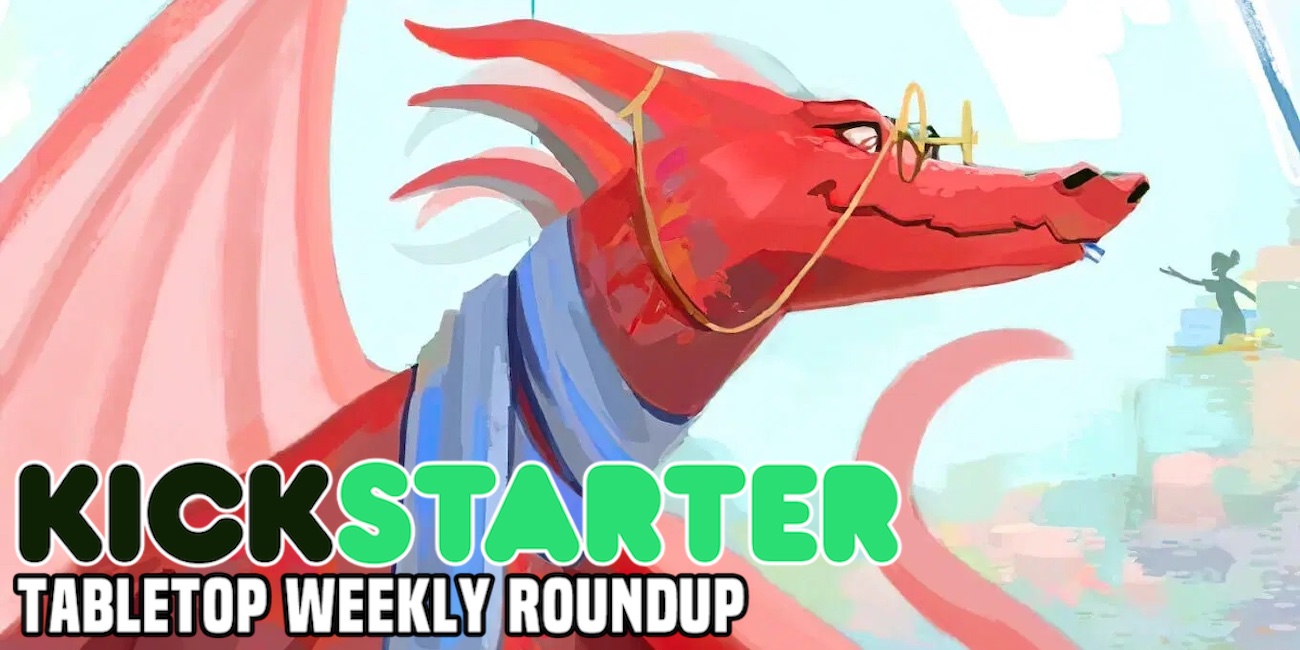Titan – A Wartime Commander’s Ideal Board Game
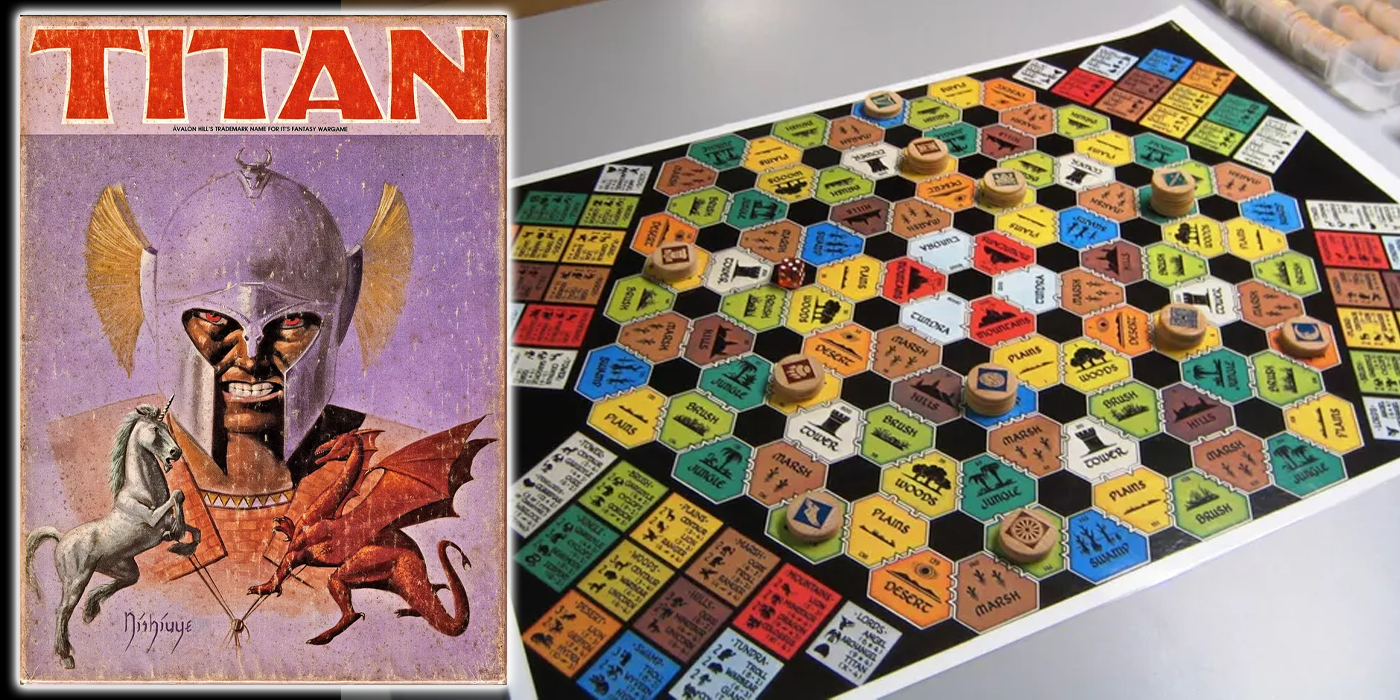

The Titan board game is about commanding legions of monsters in multiple theaters of war until your titan is the last one standing.
Titan is a competitive tactical skirmish board game, and also wargame. It combines the high level ‘theater of war’ type of movement then moves into unit-to-unit combat when legions move within range of an enemy. The goal of each player is to kill the others’ titans. Like Chess, killing the titan eliminates the player, except Titan plays up to 6 players.
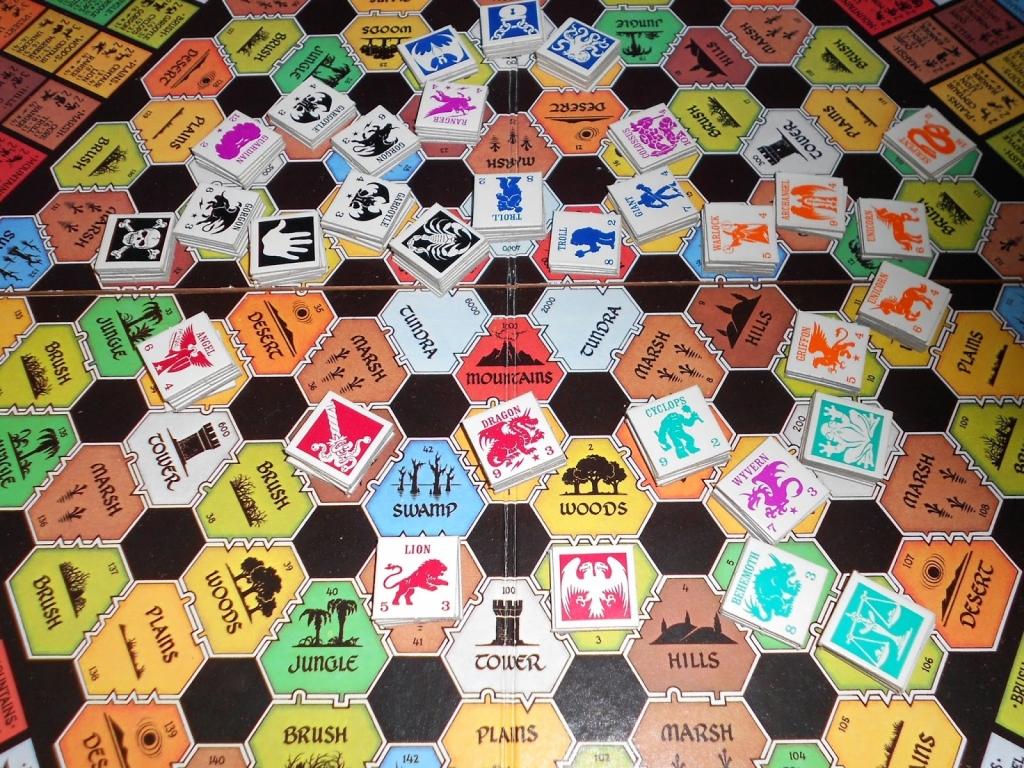
Originally released in 1980 by Avalon Hill, it has received reprints in the years since. However, without any major updates to rules, it still holds a very retro feel, even with the reprints.
Game Play
In the Titan board game, each player’s turn has 4 phases (the names of which change per edition):
- Commencement / Splitting
- Movement
- Engagement
- Mustering
On the main game board, each player commands a number of legions, which are comprised of several units. During the Commencement phase, players can divide their legions. Simple enough.
The Movement phase is when legions move. But like everything in this game, it’s not so simple. Each edge between spaces indicates how legions must move.
The Engagement phase is where things get fun. The legions moving about the main board are stacked up and move together. Once they are adjacent to an enemy legion, they will fight. Fighting takes place on a separate terrain board.
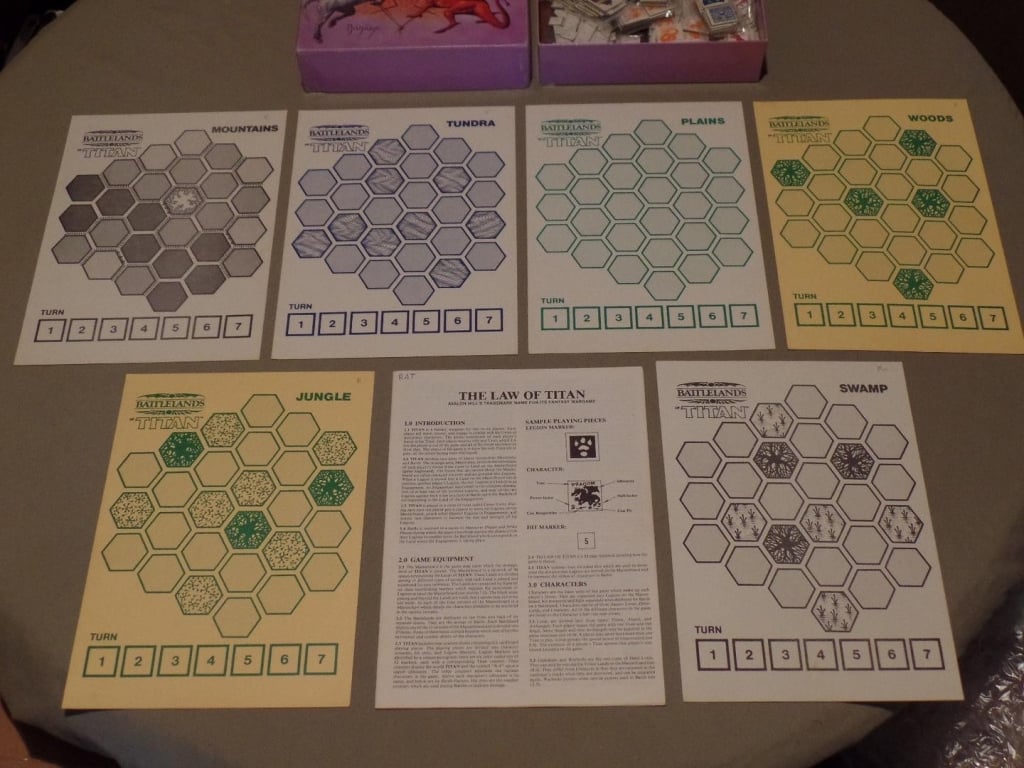
During the Mustering phase, players can add units to their legions. If the legions are in the appropriate terrain during this phase, and they have the appropriate number of units (usually 2 or 3), they will be able to add additional, more powerful units, by following this simple diagram below.
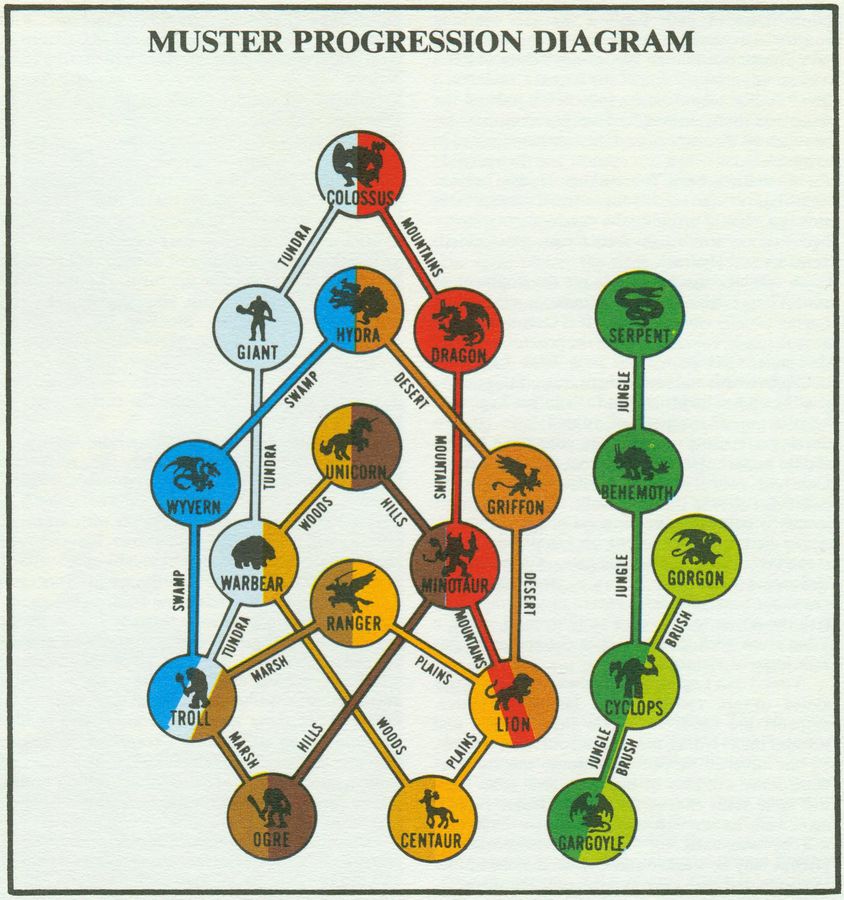
Combat
The terrain board used for the combat is based on which terrain the legions are in on the main board. Combat follows a more ordered structure. Units move and attack, using their Skill to determine movement and Power to determine how much damage they will deal.
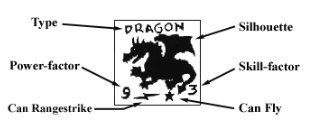
Combat points are awarded for killing units. However, these points aren’t used for victory. Instead, they increase the power of that player’s titan and grant the ability to summon angels. A titan’s power increases for every 100 Combat Points they have gained. A typical combat will earn a player around 70 points.
Once a player’s titan is defeated, the combat immediately ends and all that player’s units are removed, scoring half for the player who dealt the killing blow. Also, that player is eliminated.
Once only one player is remaining, the game is over and that player is the winner!
Final Thoughts
What I really like about the Titan board game is the two-levels of play, the main board which shows legion movement, and the terrain boards which are used for skirmish combat. It’s a concept you see in plenty of video games, but not nearly as often in board games.
Anyone else remember The Unholy War for PS1? It’s actually so good.
The main problem that comes up within Titan is the positive feedback loop, which is a fancy game design way of saying “it’s super easy to snowball until you win the game”. Since winning battles makes you stronger, it becomes easier to win more battles, to become more stronger, to win more battles, etc… Games nowadays tend to avoid positive feedback loops for just this reason.
But, hey, that’s what makes it retro!
Thanks for reading!

